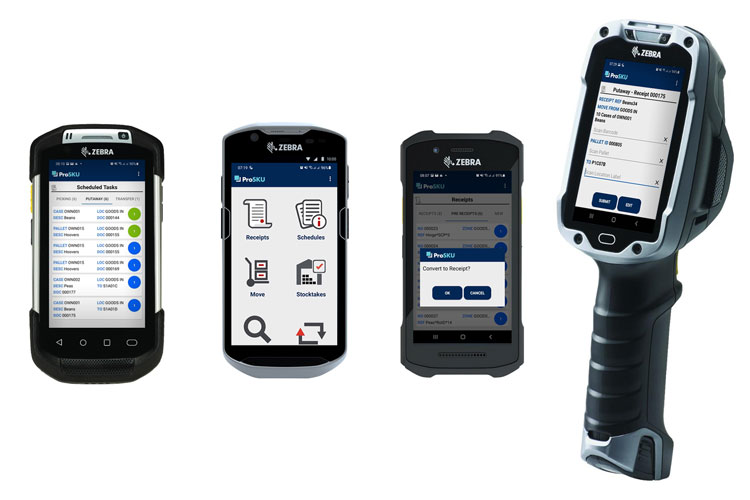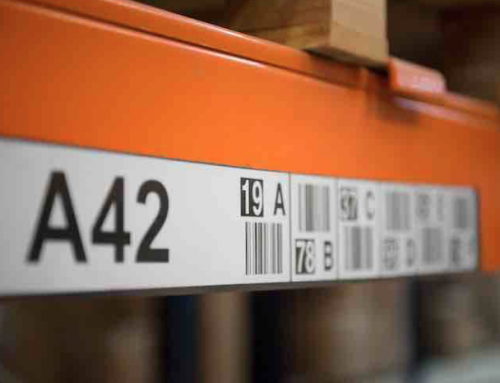What do we mean when we talk of improving performance? Well, usually this means improvement in a number of specific areas, such as being more ‘efficient’, more accurate, working with good operational discipline, proper utilisation of personnel, and of course increasing ‘productivity’. Improving all these areas together can deliver what we hope most warehouse managers would call increased performance.
So what is specifically involved in each of these areas, for example with efficiency which can be rather a general term? What we are really discussing here is the efficiency of individual tasks, in other words, the ‘process’ by which the tasks in your operation are performed. Think about some of your own processes. Are they as lean, simple and streamlined as they could be? Increasing accuracy on the other hand is more easily explained, it is purely the removal of as many errors as possible.
Securing good operational discipline is certainly an underrated improvement. Without this actions that take place in your warehouse could be unproductive or erroneous, which you would probably agree is unsatisfactory. This also relates to utilisation – keeping your personnel fully tasked as much as possible – and both will ultimately impact the quest for productivity improvement, the aim of getting more from your available resource without increasing labour costs.
So why will a handheld app make it easier to improve these areas? After all, the effectiveness of a handheld solution depends largely on the system to which it integrates. As advocates for the use of the warehouse management system (WMS) in the e-commerce sector, we believe this type of system will deliver better results than other types of stock or order system. But whichever you use, you may derive benefits with an integrated handheld app which are not achievable without one.
The first requirement for a handheld app is that it should be purpose-designed for the tasks you want to perform – not a desktop process on a mobile device. This means task efficiency is inherently ‘designed in’ so it offers a streamlined process aimed at achieving the task quickly and easily. Add into that, for picking, putaway or any other process the means to validate actions using bar code scanning and you have the second requirement for major performance improvement.
After all, what do most errors in your operation relate to? Generally, it’s because things are identified incorrectly (or not all!) in terms of goods or locations for goods. A good handheld app will give you many options for validating accuracy, from the simple verification of a storage location to a range of product or batch identifiers. These options can be configured to your needs, adding verification where it’s needed and leaving it out where it’s not.
So we can see how a handheld solution helps improvement in these areas, but we can also see that using a streamlined process promotes operational discipline. This is because the user is allocated a specific task which permits only necessary operational variations. It does not allow scope to diverge from that, or to decide on a different course of action. Clearly this means that any ‘necessary’ operational variations must be factored in, but with the right system, they will be.
When we look at utilisation we know that to achieve productivity gains your personnel should be utilised to the optimum level during their working hours. A good handheld app helps here too, as it means that tasks can be continuously drip-fed to the workforce. This minimises the breaks (which typically occur between groups of tasks) needed to collect instructions or confirm completion, as well as reducing associated supervisory time, resulting in greater focus on productive work.
How cleverly this can be done depends on the type of App. As a minimum it should receive available task instructions automatically from a central stock or WMS system, which can be selected by an appropriate user from a simple task menu on a handheld device. In the more advanced systems, parameters may allow a wide measure of control to direct task instructions to specific users, areas, equipment types or based on completion of other actions.
So when we come back to productivity improvement, we see that there is no one factor that raises your productivity. It is a combination of things that produces that outcome. It begins with the use of an efficient process, which supports the means to validate accuracy within it. It is facilitated by the maintenance of good operational discipline that allows staff minimal divergence from the process, and by promoting a workflow regime with the minimum number of interruptions.
It would be wrong to, and we don’t claim that simply using a handheld App with your WMS or stock system will deliver all the suggested improvements and create a perfect operation. There are various factors involved, beginning primarily with the kind of system to which your handheld app is integrated. You will have to determine based on your unique operational factors whether the processes you’d like to perform with a handheld app can be supported by that system.
On the other hand if you are looking to decide on a system for your business, and whether that should include a handheld app, then based on the above, the answer is probably yes. Even then you need to carefully evaluate the options it provides, and whether its features are flexible enough to incorporate your way of working, to deliver the benefits we’ve talked about. As always, a system is only ever a tool for a specific job, and you must decide whether the tool is the right one.






